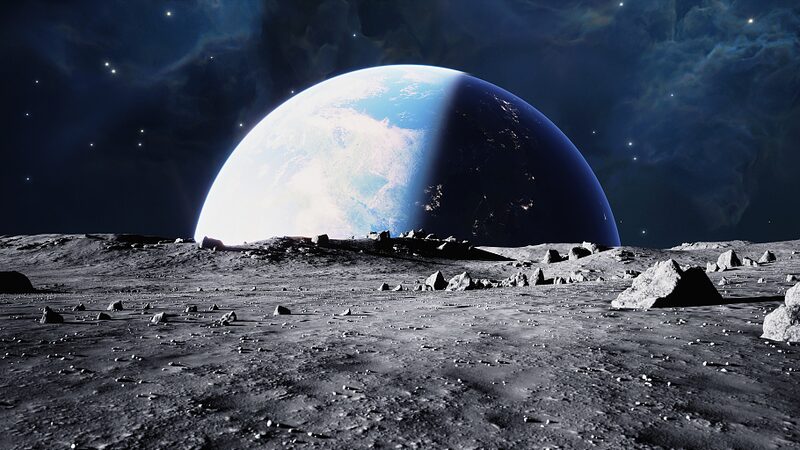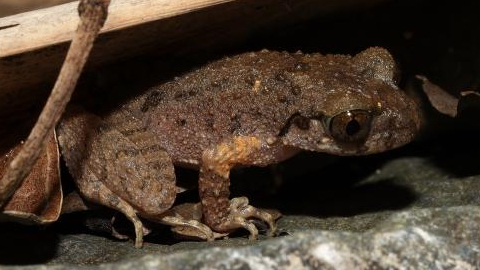Did you ever think the Moon could be hiding water in its glassy soil? 🌚💧 Well, Chinese scientists just made a groundbreaking discovery that's out of this world! 🚀
A team of brilliant minds from China has found that the glassy materials in the Moon's soil—brought back by the Chang'e-5 lunar mission—contain hydroxyl and molecular water from a variety of sources. 🌌
So, what's the buzz about? 🧐 These tiny glass pieces, formed when meteorites or micrometeorites smash into the Moon's surface, are like little time capsules holding precious water. The scientists analyzed almost 100 samples and found 12 grains packed with water goodies! 💎💧
But where does this lunar water come from? Turns out, it's a mix! 🌠 Some of it is native to the Moon, some delivered by water-rich meteorites, and a big chunk comes from solar wind implantation—that's when protons from the Sun hitch a ride to the Moon and create water. ☀️➡️🌕
Why is this a big deal? Understanding where this water comes from helps us get the bigger picture of how water is stored and moves around on rocky planets like Earth. It might even give us clues about life's origins! 🌍🔍
Tang Hong, the lead scientist (and total space rockstar 🤘), says these findings could open new doors in planetary science. Talk about shooting for the stars! ✨
Oh, and did we mention? The Chang'e-5 probe brought back a whopping 1,731 grams of lunar rocks and soil back in December 2020. And guess what? China just launched Chang'e-6 this month to grab more samples from the Moon's far side! 🌕🚀 The exploration continues!
Reference(s):
Glasses in Moon's soil preserve water from multiple sources: study
cgtn.com



